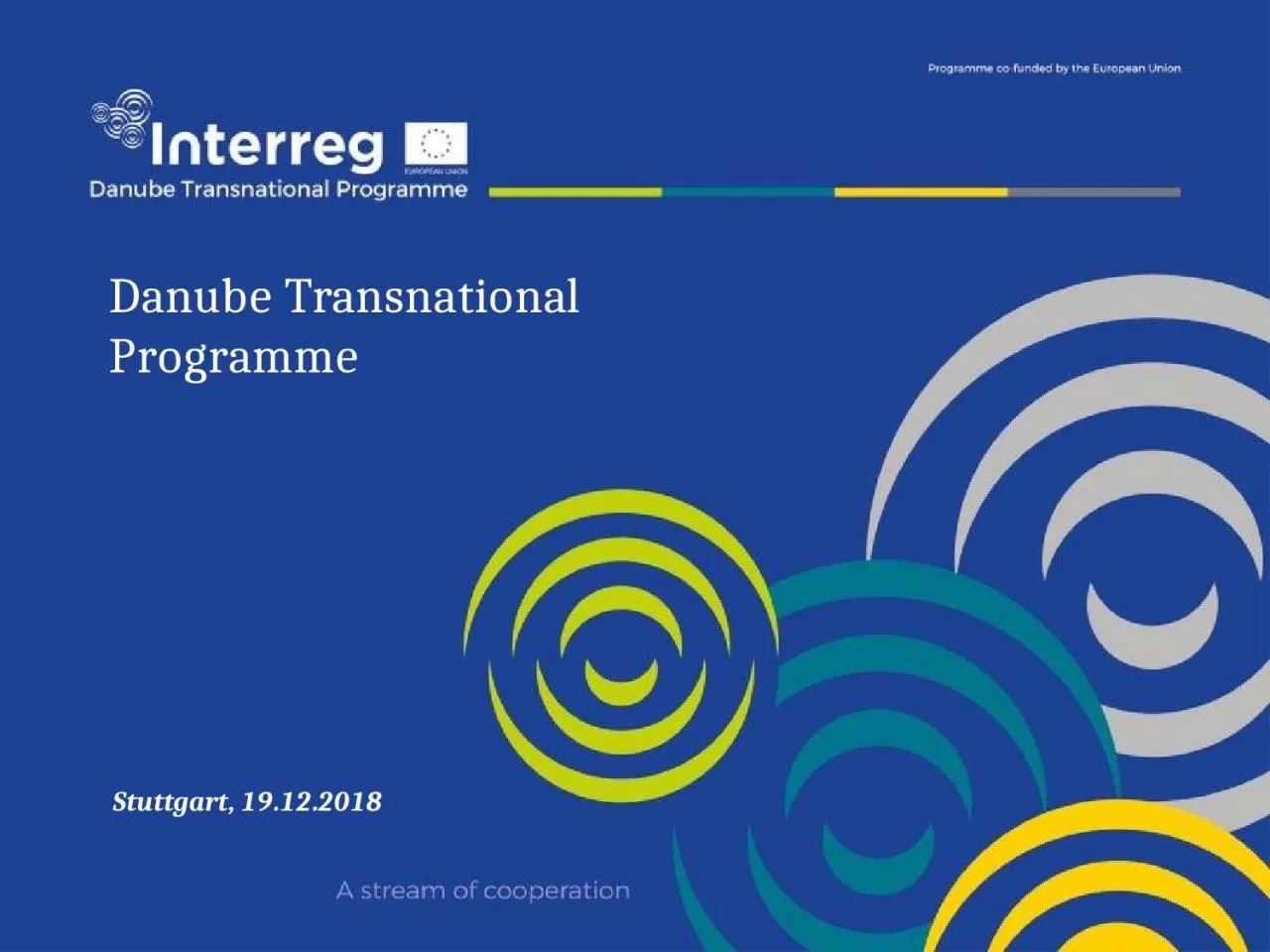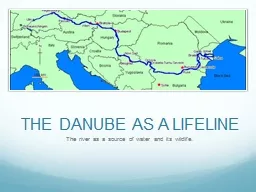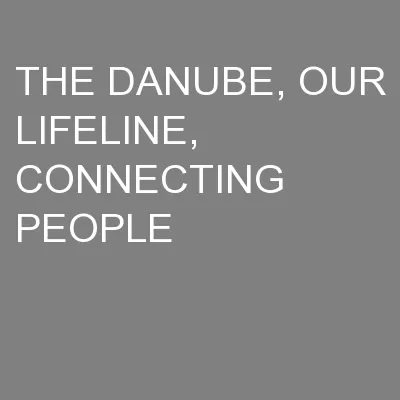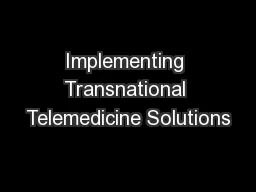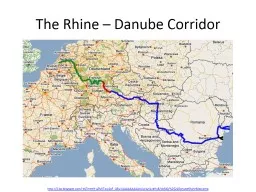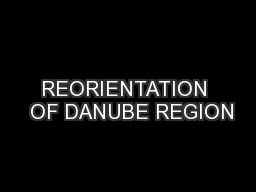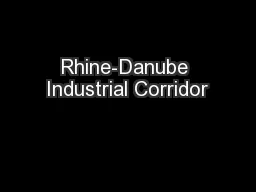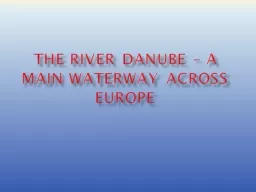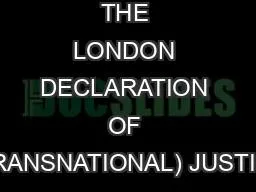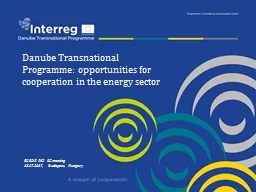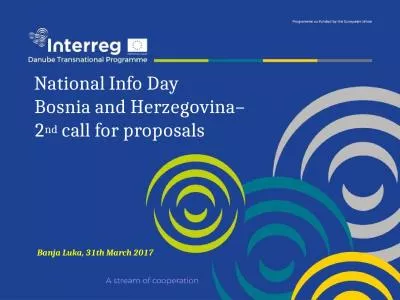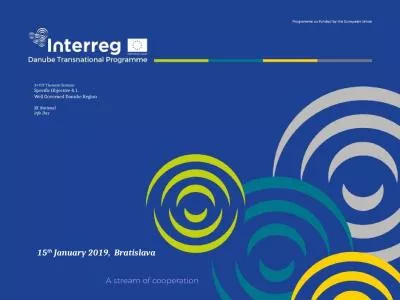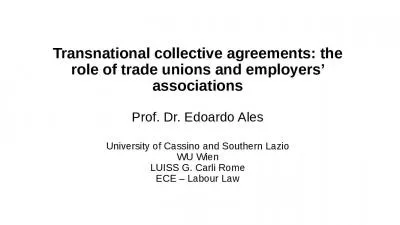PPT-Danube Transnational Programme
Author : PlayfulSpirit | Published Date : 2022-08-02
Stuttgart 19122018 1 Topics already addressed by PA1 projects under 1 st amp 2 nd call 2 Main topics and elements of the 3 rd call under PA1 3 General DTP requirements
Presentation Embed Code
Download Presentation
Download Presentation The PPT/PDF document "Danube Transnational Programme" is the property of its rightful owner. Permission is granted to download and print the materials on this website for personal, non-commercial use only, and to display it on your personal computer provided you do not modify the materials and that you retain all copyright notices contained in the materials. By downloading content from our website, you accept the terms of this agreement.
Danube Transnational Programme: Transcript
Download Rules Of Document
"Danube Transnational Programme"The content belongs to its owner. You may download and print it for personal use, without modification, and keep all copyright notices. By downloading, you agree to these terms.
Related Documents

